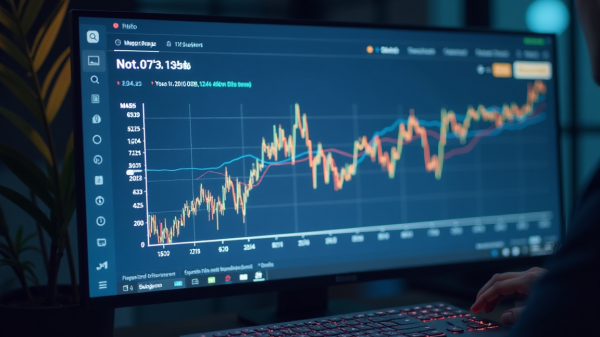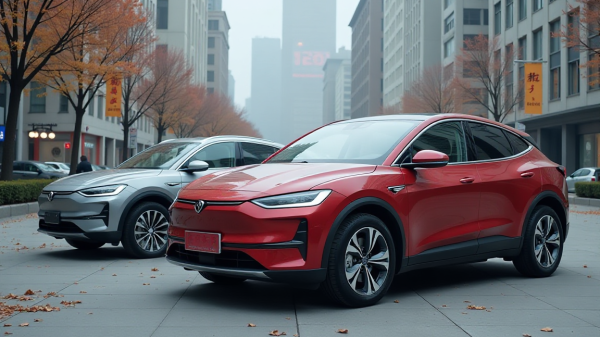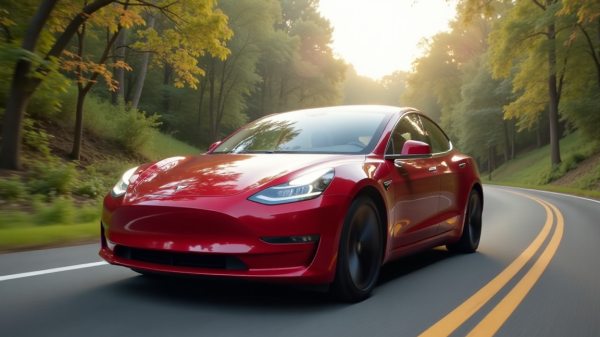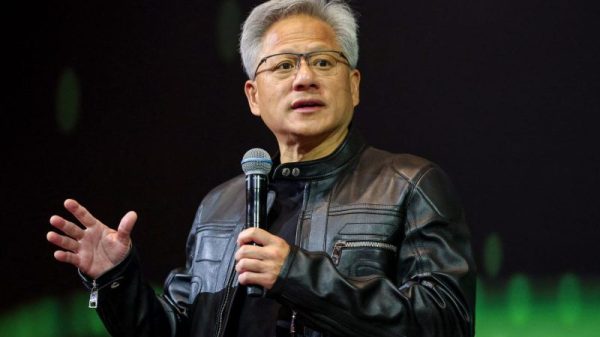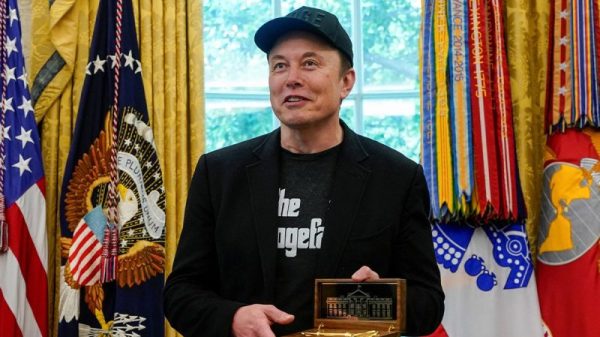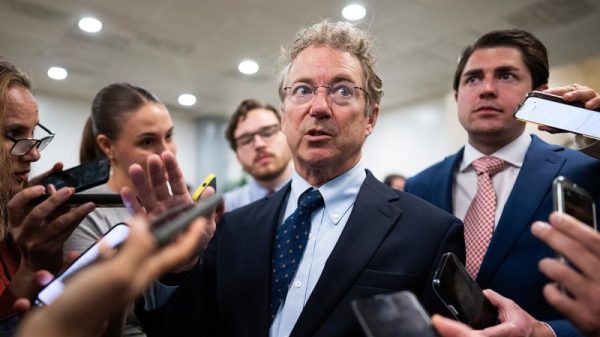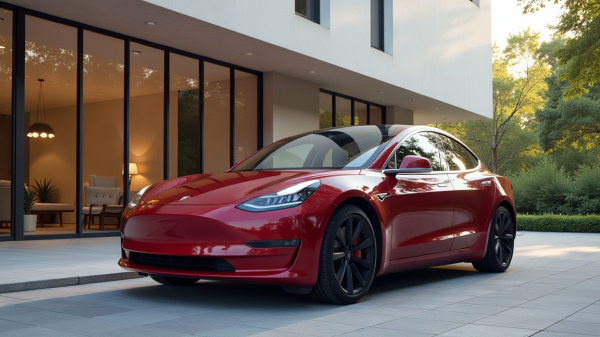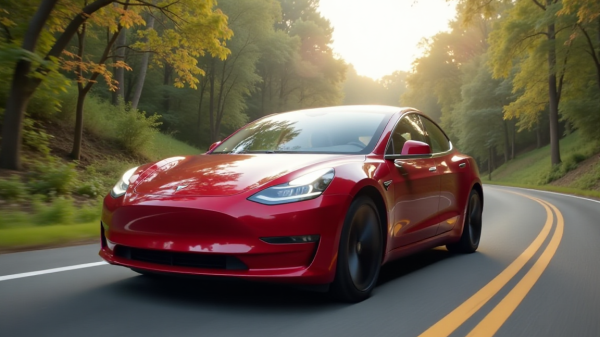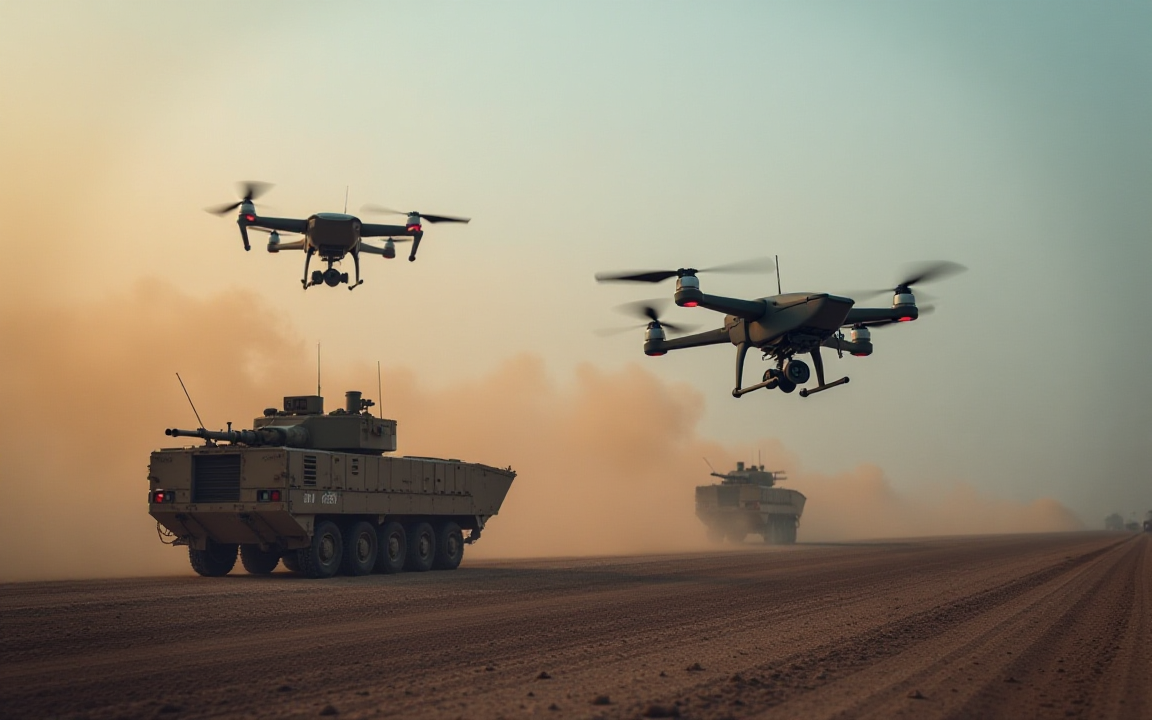Global defence spending hit a record $2.72 trillion in 2024, marking the sharpest annual increase since 1988.
More than 100 countries raised their defence budgets, with Europe, Asia, and the Middle East driving most of the growth.
The war in Ukraine has redefined how militaries operate. Cheap, fast, and scalable uncrewed aerial systems have replaced tanks and jets as the most effective tools of modern combat. Nations are drawing different conclusions.
Ukraine is innovating quickly. Russia is scaling production. The United States is shifting procurement priorities.
The race is not only about who can build the most drones, but who can do it faster, smarter, and cheaper.
Is global defence spending entering a permanent high?
The 2024 numbers are hard to ignore. According to the Stockhold International Peace Research Institute (SIPRI), global military expenditure rose by 9.4% in real terms, the largest increase in over three decades.
This is the tenth consecutive year of growth and a 37% jump since 2015. Military budgets now account for 2.5% of global GDP and 7.1% of total government spending.
The US remains the top spender at $997 billion, followed by China at an estimated $314 billion.
Russia has also raised its spending to $149 billion, 7.1% of its GDP, despite sanctions and economic pressures.
That is a year-over-year increase of 38%.
But it is Ukraine that stands out. With a military burden of 34% of GDP, it spends a higher share of its economy on defence than any country in the world.
This figure excludes the $60 billion in military aid it received from Western partners, which would push its real defence output to around $125 billion, that is more than India, France or the UK.
In Europe, Germany’s spending jumped by 28% to $88.5 billion, making it the continent’s largest spender, and now the fourth largest spender globally.
| Rank | Country | Spending ($B) | % of GDP | Change YoY (%) |
| 1 | USA | 997 | 3.4% | 6% |
| 2 | China | 314 | 1.7% | 7% |
| 3 | Russia | 149 | 7.1% | 38% |
| 4 | Germany | 89 | 1.9% | 28% |
| 5 | India | 86 | 2.3% | 2% |
| 6 | UK | 82 | 2.3% | 3% |
| 7 | Saudi Arabia | 80 | 7.3% | 2% |
| 8 | Ukraine | 65 | 34.0% | 3% |
| 9 | France | 65 | 2.1% | 6% |
| 10 | Japan | 55 | 1.4% | 21% |
Poland’s budget hit 4.2% of GDP, driven by heavy investment in equipment from both Korea and the US.
Even traditionally restrained countries like Japan, Denmark and Sweden are now approaching or exceeding the 2% NATO threshold.
What changed on the battlefield?
The war in Ukraine showed that military power is no longer about who has more tanks. It is about who can produce drones faster, cheaper, and smarter.
Ukraine built 2.2 million drones in 2024. That figure is expected to double this year.
In comparison, Russia produced 1.5 million, including loitering munitions, fibre-optic drones and low-cost decoys designed to confuse Ukrainian air defences.
In place of armoured columns, Russia is now using motorcycles to bypass drone detection.
These bikes move in packs, often equipped with jamming equipment and used to rush Ukrainian positions at speed.
Meanwhile, Ukraine has weaponized first-person-view (FPV) drones that cost $220 and can take out tanks worth millions.
What’s driving this rapid technological advancement is the country’s bottom-up innovation model.
Soldiers test prototypes on the front lines. Manufacturers make adjustments in real time.
Combat feedback replaces bureaucratic procurement cycles. The entire process happens in weeks, not years.
Russia is pursuing a different strategy. It has centralized production in places like the Alabuga Special Economic Zone, where drone output doubled between 2023 and 2024.
It plans to produce 10,000 Gerbera decoy drones this year.
Iran and China are supplying the electronics. Russian drones now include optical sensors, AI target recognition, and modems that enable swarm behaviour.
These are not concepts. They are in the field.
The US Army is learning from both countries. Secretary Daniel Driscoll has made clear that legacy systems will be retired in favour of autonomous platforms.
The Pentagon has launched a $150 billion transformation through initiatives like Replicator and the Army Transformation Initiative.
The goal is to deploy thousands of cheap, autonomous, attritable drones across air, land, and sea.
Who controls the technology supply chain?
Most drones in Ukraine, on both sides, still rely on Chinese components.
Thermal cameras, carbon frames, and lithium-ion batteries largely come from Shenzhen.
According to the FT, Ukraine’s drone firms spent over $1.2 billion on Chinese parts in 2024 alone.
But China’s September export controls have started to bite. Ukrainian producers now face long delays and rising costs.
Russian firms, many operating through intermediaries in the Middle East and Central Asia, are still managing to keep production flowing.
While the US is trying to reshape this landscape, Europe lags behind for now. While its budgets are rising, procurement is fragmented.
Based on data from the Draghi report, between mid-2022 and mid-2023, 63% of EU arms orders went to US suppliers.
Only 22% stayed within the bloc.
Ukraine, despite being at the centre of the drone revolution, cannot yet export its drones.
Domestic firms are pushing for reform, arguing that they need export revenues to sustain innovation.
Many Western militaries now approach Ukraine as a live laboratory for drone warfare; studying its tactics but not buying its products.
Is there a sustainable economic model?
High defence budgets are colliding with fiscal reality. In Ukraine, all government revenue is now directed to the military. Pensions, education and health are funded entirely by international donors.
In Germany and France, governments are issuing debt or cutting elsewhere to meet NATO targets.
Japan has raised taxes. The EU is considering allowing military spending under the European Investment Bank’s framework, something that’s never been done before.
For countries like Israel (8.8% of GDP), Russia (7.1%) and Saudi Arabia (7.3%), the defence sector is becoming an industrial anchor.
It fuels R&D, creates jobs, and supports geopolitical positioning. But this model relies on a permanent state of readiness, if not active war.
The US, while financially capable, is rethinking what value looks like in defence. Instead of investing in complex systems that take a decade to build, it now favours platforms that can be designed, tested and deployed within months.
The logic is borrowed from Ukraine, where private drone makers talk to frontline units daily and deliver new models weekly.
What does the next phase look like?
2025 is shaping up to be a transitional year. The world is not just spending more, it is spending differently.
Ukraine is scaling land-based drones for casualty evacuation and logistics. Russia is experimenting with drone swarms that share data mid-flight. The US is focusing on integrating AI into command and control.
All three are preparing for a future where human presence on the front line is minimal.
But the biggest change is conceptual. War is no longer about territorial control. It is about exhausting the enemy’s systems, their logistics, communications, and air defences.
Drones, especially cheap and intelligent ones, are ideal tools for this. They force adversaries to spend more than they cost to produce.
This is the new calculus. Low-cost autonomy beats high-cost precision. A $1 million missile shot down by a $200 drone is no longer a hypothetical. It is happening every day in Ukraine.
The post The new face of war: global defence budgets soar as drones redefine the future of warfare appeared first on Invezz

